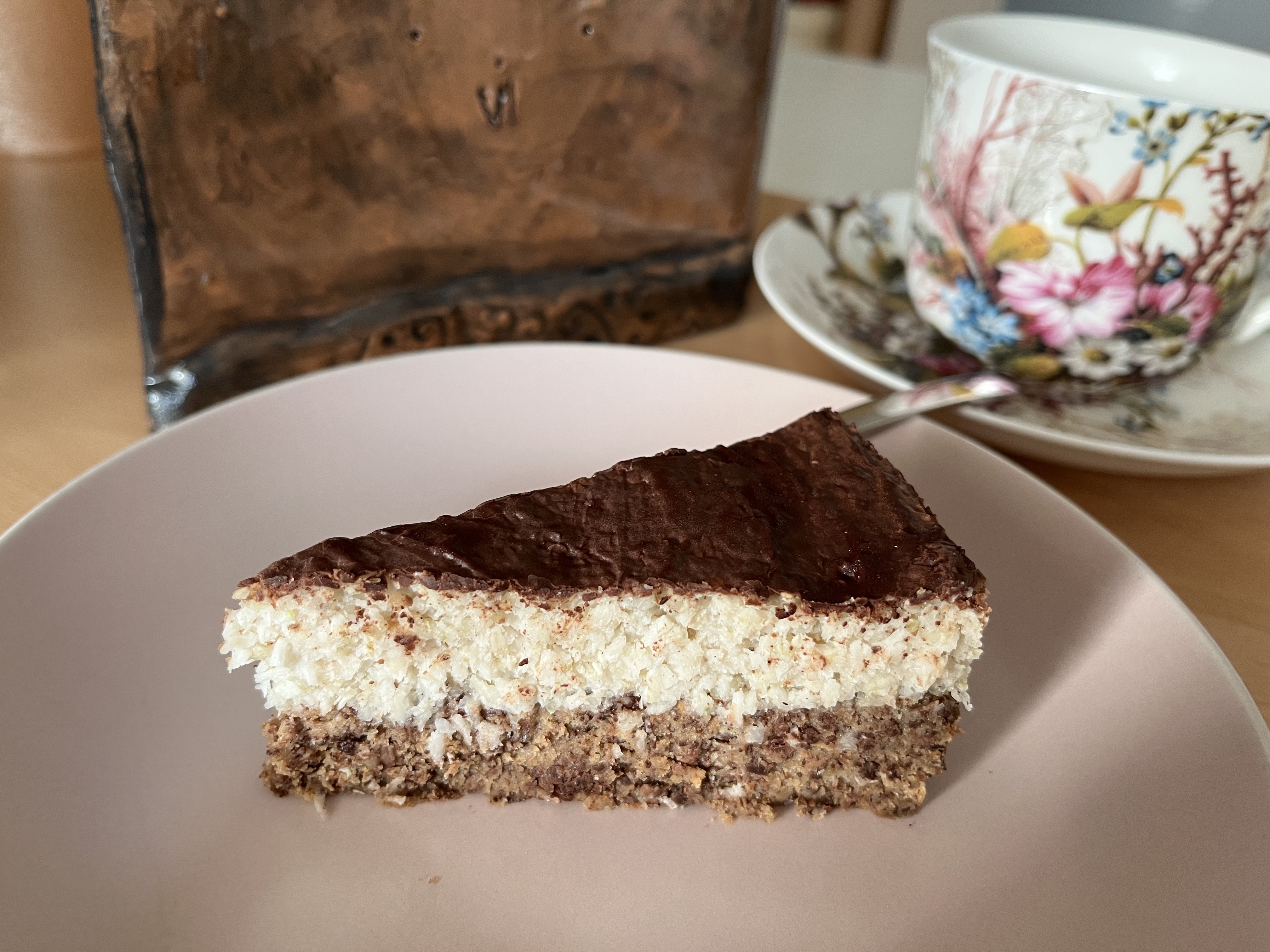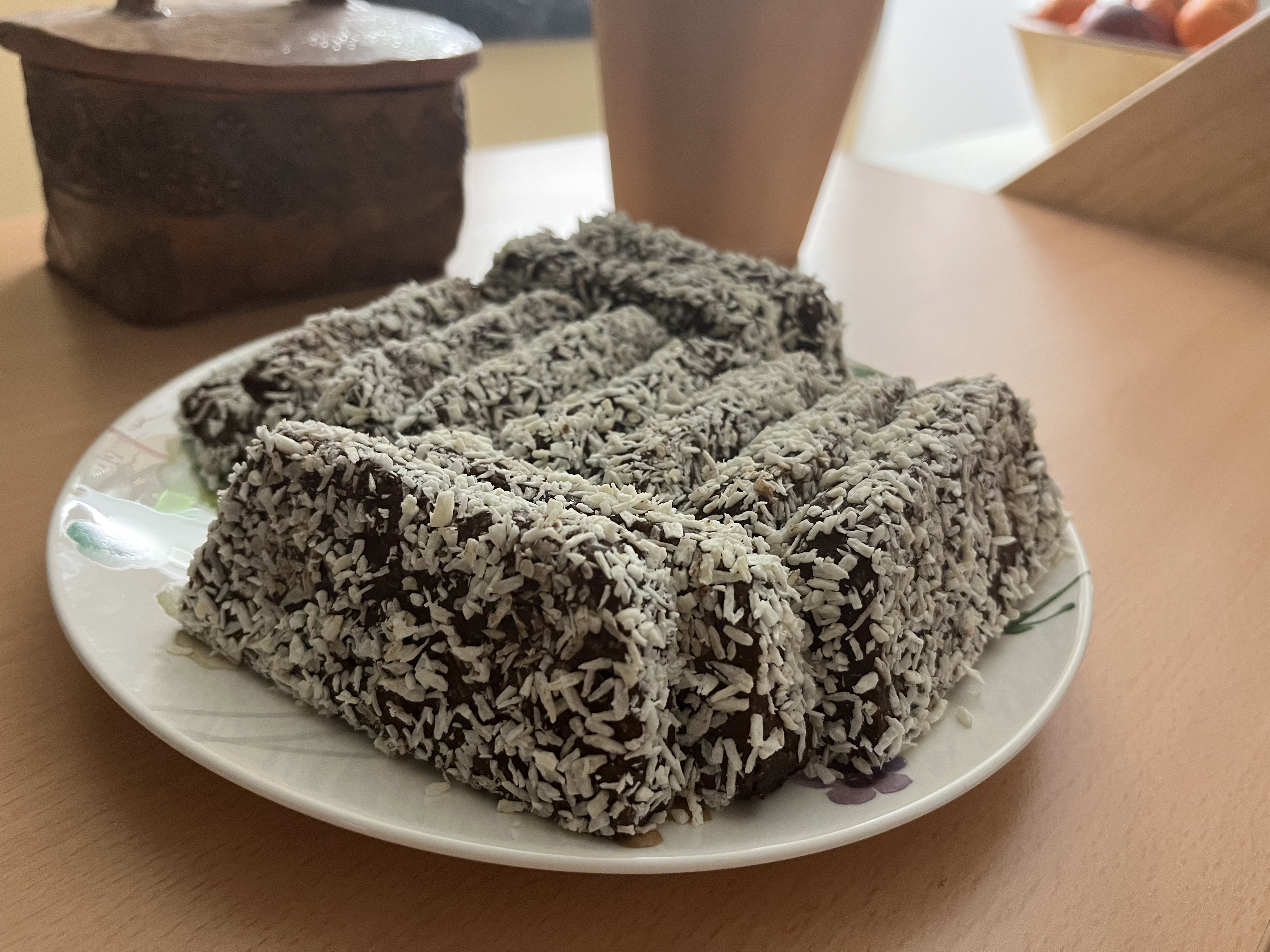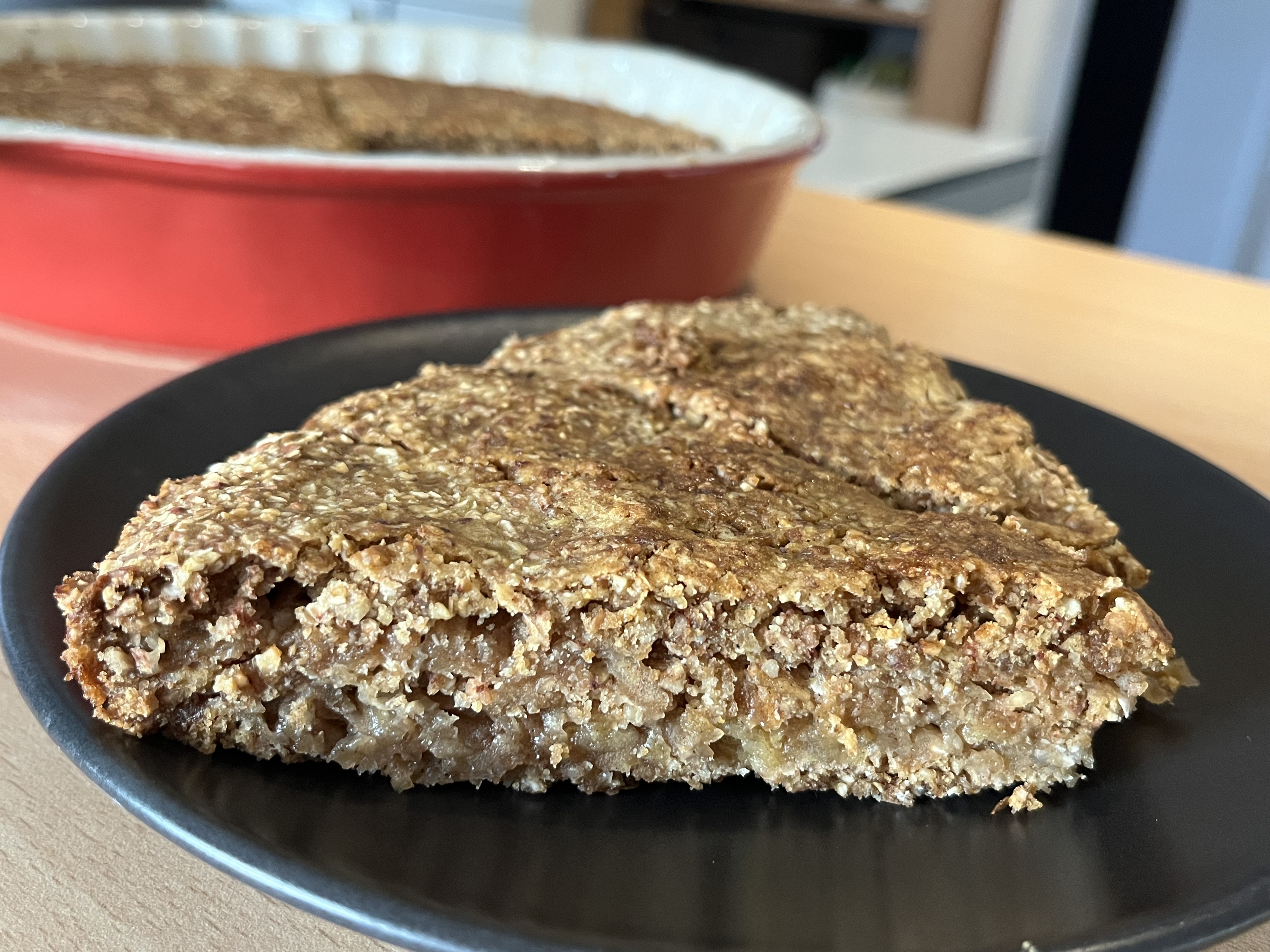 |
Nature’s Dessert Cookbook: Healthy, Delicious & Naturally Sweet Recipes Don’t want or can’t tolerate sugar alcohols and artificial sweeteners? This cookbook is for you! Every dessert is naturally sweetened with whole ingredients rich in fiber and protein, slowing sugar absorption and making them diabetic-friendly. It gathers your favorite recipes from the website—plus brand-new ones—all in one convenient place. Indulge in truly natural treats without compromise! |
 |
Diabetic Baked Goods: Everyday Bakes for Every Meal Diabetic cookbook designed to make healthy baking simple, accessible, and enjoyable. This collection of low-carb, high-fiber, and protein-rich recipes provides a reliable solution for those looking to enjoy diabetic bread and baked goods without blood sugar spikes. Every recipe includes a video tutorial, making it even easier to follow along and bake with confidence! |
 |
What Makes This Cookbook Different?
|
What is Semolina? Benefits of Buckwheat Semolina in Desserts
What is semolina? Understanding what semolina is can be the first step in creating delicious, diabetic-friendly recipes. Semolina is a coarse, purified wheat middling of durum wheat mainly used in making pasta and couscous. I want to be clear right away that I don’t use this type of semolina because it can significantly impact blood sugar levels.
However, this article is about a different kind of semolina that can be used in desserts, and is:
- more nutritious,
- better suited for diabetics.
So, what is semolina? Or better yet, what is buckwheat semolina? Because this is an article about buckwheat semolina.
What is Semolina? Let's Talk About Buckwheat Semolina
The nutritional profile of buckwheat semolina1 is one of the primary reasons I prefer it over wheat semolina. Unlike the traditional semolina, which has a higher glycemic index due to its durum wheat origin, buckwheat semolina has a low glycemic index. This means it causes a slower release of glucose into the bloodstream, making it a better choice for diabetics.
Buckwheat semolina is a powerhouse of essential nutrients. It is rich in dietary fiber, protein, and essential amino acids. It also contains significant amounts of iron, magnesium, phosphorus, and antioxidants. These qualities don’t just make buckwheat a healthier option; they also contribute to the overall well-being of those who consume it regularly.
One of the reasons I choose buckwheat semolina for my diabetic-friendly2 recipes is its beneficial impact on blood sugar control. Studies have shown that the presence of D-chiro-inositol—an insulin-mimicking compound in buckwheat—helps in regulating blood glucose levels, making it a smart choice for people with diabetes.
Another benefit of buckwheat semolina is its high fiber content. Fiber plays a crucial role in slowing down the digestion process, allowing for a more gradual release of sugar into the bloodstream. This not only keeps blood sugar levels stable but also keeps you feeling full longer, helping with weight management, which is often a crucial aspect of diabetes care.
Buckwheat Semolina Enhances Sweet Recipes
Buckwheat semolina’s versatility in cooking is reason it has become a staple in my kitchen. For instance, when I make a dessert that needs that delightful crispness, buckwheat semolina doesn’t disappoint. Its texture holds up well in baking and cooking, adding an enjoyable crunch to cookies, pies, tarts, and more.
One of my favorite uses of buckwheat semolina is in creams and puddings, where it acts as a natural thickening agent. Unlike traditional flour, which can sometimes alter the taste and texture of a dish when used for thickening, buckwheat semolina blends smoothly while adding nutritional benefits and a subtle richness in flavor.
When it comes to straightforward and time-efficient recipes, buckwheat semolina is a game-changer. For working mothers, who often don’t have the luxury of time, it provides a quick and easy alternative to more complicated ingredients. Its ability to cook swiftly and its adaptability to various recipes make it my go-to ingredient.
Take, for example, a simple dessert recipe like buckwheat semolina pudding. This dish requires minimal ingredients and effort yet yields a delicious and comforting treat. You’ll need just buckwheat semolina, milk (or a milk alternative), a sweetener of your choice, and a dash of vanilla. Cook until thickened, if you like add some berries according to taste, and you have a dessert suitable for the whole family, including your diabetic child.
 |
 |
Health Benefits of Buckwheat for Healthier Desserts
The health benefits of buckwheat semolina extend to heart health as well. It is known to reduce bad cholesterol levels and improve arterial health due to its high content of rutin, a type of antioxidant. This is particularly important for diabetics, who are at a higher risk of cardiovascular diseases.
In addition to its cardiovascular benefits, buckwheat semolina is gluten-free, making it an excellent option for those with gluten intolerance or celiac disease. This broadens its appeal and usability in various dietary contexts, ensuring that more people can enjoy its benefits without health risks.
It’s also reassuring to note that buckwheat—despite its name—is not related to wheat. It is actually a seed from a plant related to rhubarb, making it suitable for those avoiding grains. This makes buckwheat semolina a unique ingredient that offers the texture of grains without any of the downsides.
Incorporating buckwheat semolina into your diet can also support digestive health, another critical area of focus in managing diabetes. The fiber content in buckwheat aids in maintaining a healthy digestive tract, reducing constipation, and promoting regular bowel movements. This contributes to overall gut health, which is important for nutrient absorption and overall well-being.
 |
 |
In conclusion, understanding what semolina is and the differences between wheat and buckwheat semolina can guide healthier dietary choices. Buckwheat semolina stands out for its superior nutritional profile, low glycemic index, and culinary versatility.
For those of us managing diabetes either personally or for a loved one, incorporating buckwheat semolina into our meals offers a delicious and healthful way to maintain balanced blood sugar levels while enjoying a broad range of tasty dishes. Join me in discovering and enjoying the many benefits of buckwheat semolina in our diabetic-friendly recipes.






